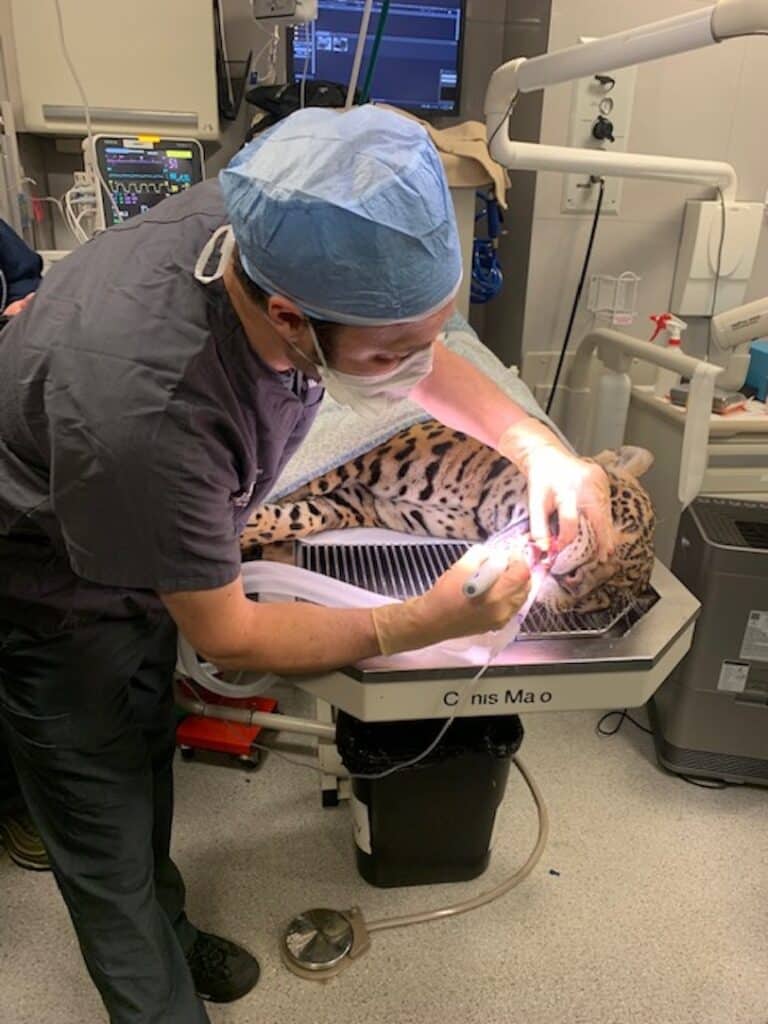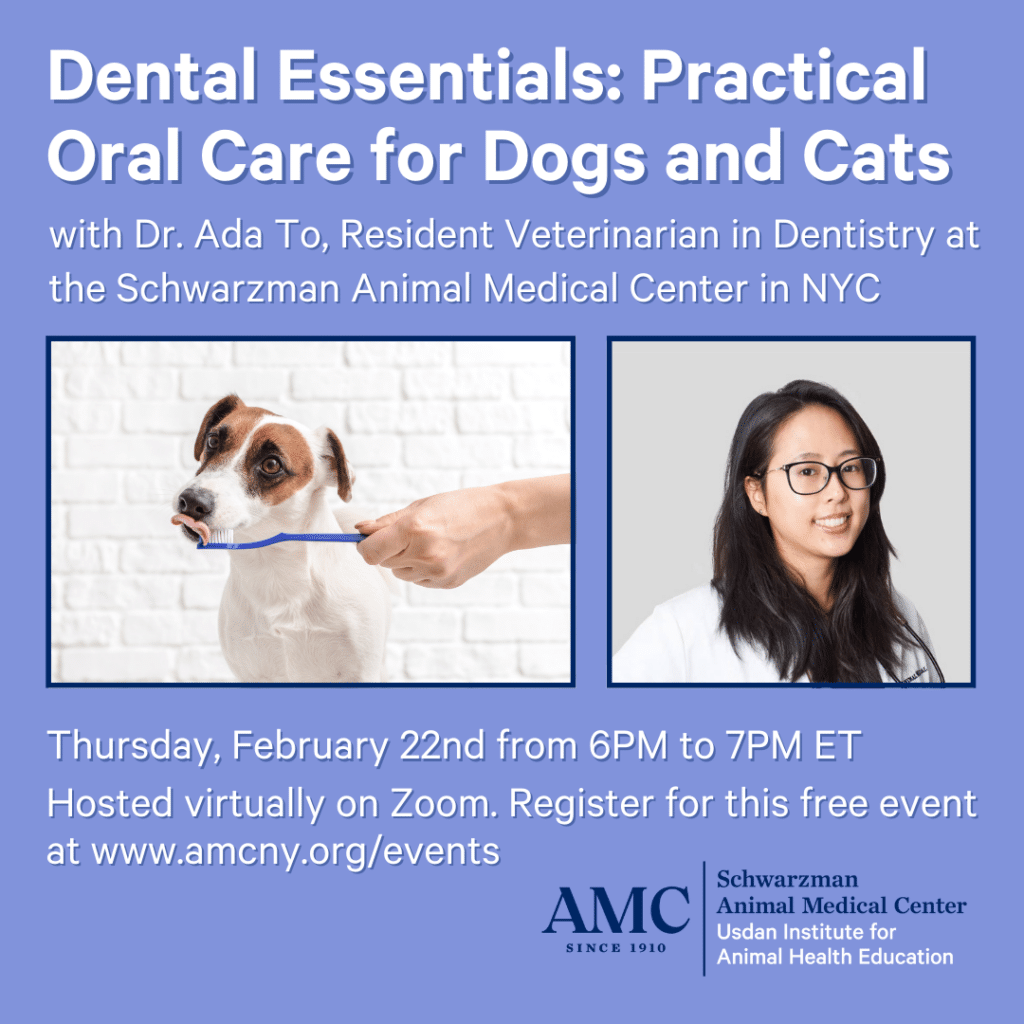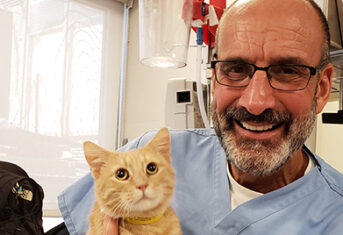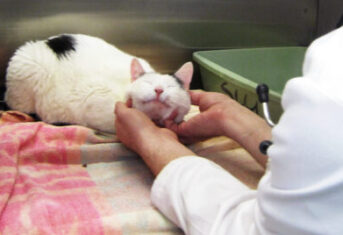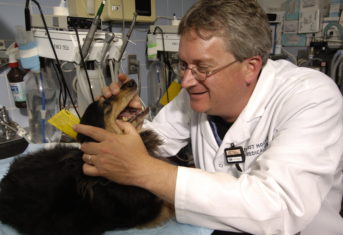Beyond the Canines: How Your Pet’s Dental Health Impacts Overall Health

Beyond the Canines: How Your Pet’s Dental Health Impacts Overall Health
February is National Pet Dental Health Month. While this month brings necessary attention to the health of our pets’ teeth and gums, there is emerging research that good oral health has benefits extending beyond the mouth. I’ll discuss that research in this blogpost.
Canine Dental Disease is an Age-Old Problem
While hunting for information on canine dental disease, I ran across a recent paper studying the remains of dogs in archaeological sites in Switzerland and Germany. These dogs, whose remains dated from the Roman period (625 BC to 476 AD), suffered from the same conditions as dogs today: tooth fracture, periodontal disease, the presence of non-vital teeth, and tooth resorption. (Tooth resorption is a major dental disorder in current day cats.)
Dental Disease Has Been Around Even Longer in Cats
But dental disease in animals has been around even longer than Roman times. A 1988 study looked at the remains of two Pleistocene epoch American lions, which are now extinct. These researchers found periodontal disease and jawbone infection in these large Yukon cats. These conditions are similar to those found in contemporary feline patients of AMC’s state-of-the-art Dentistry Service, including a jaguar from a local zoo who needed a root canal!
A Correlation Between Dental Disease and Heart Disease in Dogs
Portuguese veterinarians studied dogs with and without periodontal disease. The study confirmed the anecdotal observation of veterinarians worldwide: small dogs and older dogs more commonly have periodontal disease. The study also showed a correlation between the presence of periodontal disease and heart disease. This finding suggests that oral health contributes to heart health.
Clinical Stage of Dental Disease Correlates with Clinical Stage of Kidney Disease in Dogs
Veterinarians often use grading scales to classify the severity of a disease, including chronic kidney disease and periodontal disease. The typical staging system starts at one and goes up to four. Pets with stage one disease have the mildest clinical signs, and pets with stage four have the most serious signs. In a study of thousands of American dogs, those with mild periodontal disease had low stage kidney disease and, as periodontal disease became more severe, dogs were more likely to have more serious kidney disease. This finding provides good evidence that oral health contributes to kidney health.
How to Maintain Your Pet’s Oral Health
Here are some resources from the Usdan Institute for Animal Health Education to help you maintain your pet’s oral health.
Free Virtual Lecture
Please join us on Thursday, February 22nd at 6PM EST as Dr. Ada To, Resident Veterinarian in Dentistry at AMC, discusses the role of veterinary dentistry in your pet’s health care, common dental diseases in dogs and cats, and how to care for your pet’s teeth at home.































